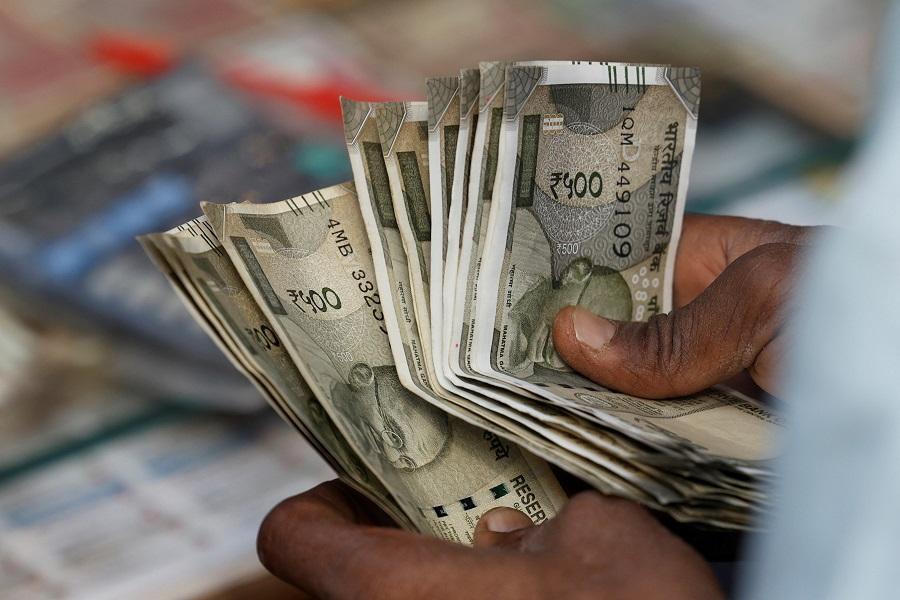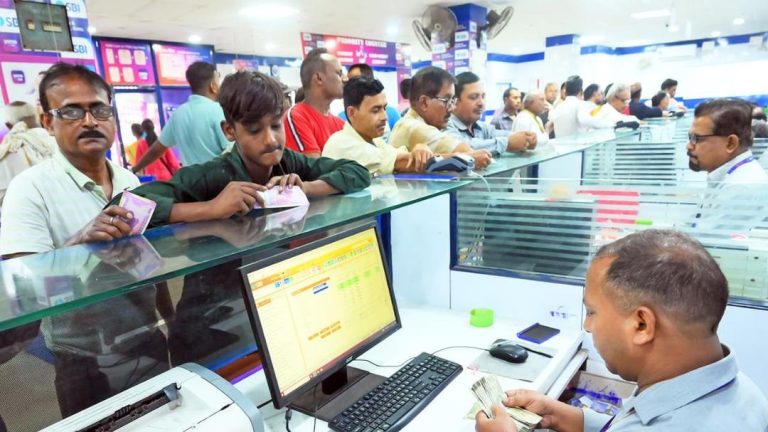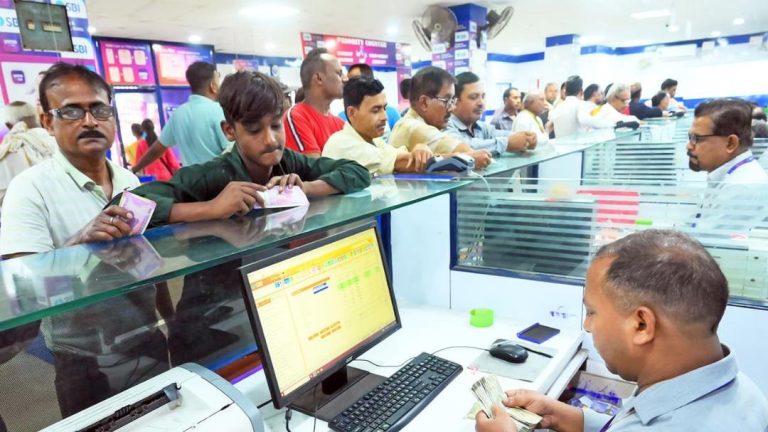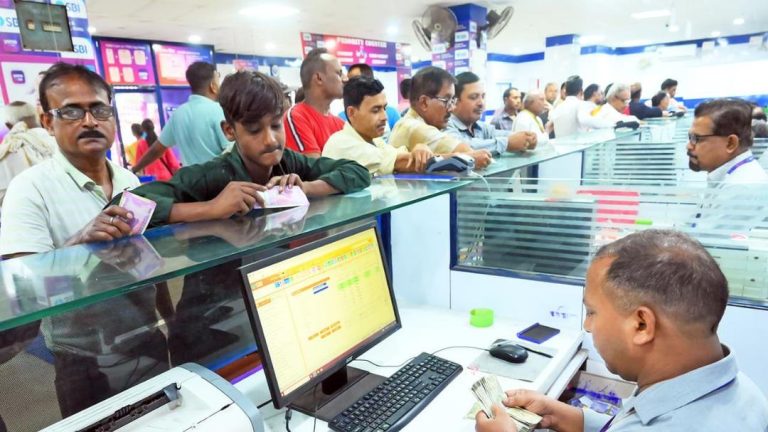
Rupee set to open weaker as Trump threatens 25% tariff on exports
The Indian rupee is likely to open weaker on Thursday after U.S. President Trump threatened a 25% levy on Indian exports, despite ongoing talks. This development has sent shockwaves through the Indian markets, causing traders to speculate that the Reserve Bank of India (RBI) may intervene to support the currency.
As of late Wednesday night, the 1-month NDF (non-deliverable forward) was suggesting an opening range of 87.66-87.69 for the rupee, which is significantly weaker than its previous close of 87.42. This suggests that the rupee is likely to open at a new record low, potentially breaching the 87.95 mark that it touched earlier this year.
The threat of a 25% tariff on Indian exports was made by President Trump in a tweet, where he accused India of taking advantage of the United States on trade. The move comes as a surprise to many, given that India and the US have been engaged in talks to resolve their trade disputes.
The Indian government has been seeking to address the trade imbalance between the two countries, which has been fueled by a surge in imports from the US. However, the move by President Trump has raised concerns that it may not be possible to find a resolution through talks, and that the US may resort to tariffs to address its concerns.
The threat of tariffs has sent shockwaves through the Indian markets, causing the rupee to weaken significantly. The currency has already fallen by over 5% against the US dollar this year, and the threat of tariffs has added to the pressure.
Traders expect the RBI to intervene to support the rupee, which has been a major concern for the Indian government. The central bank has been trying to stabilize the currency, which has been under pressure due to a range of factors, including a widening current account deficit and a surge in imports.
The RBI has been using a range of tools to support the rupee, including selling dollars in the market and raising interest rates. However, the threat of tariffs has added to the pressure, and traders expect the central bank to take further action to support the currency.
The Indian government has been seeking to address the trade imbalance between the two countries, which has been fueled by a surge in imports from the US. However, the move by President Trump has raised concerns that it may not be possible to find a resolution through talks, and that the US may resort to tariffs to address its concerns.
The threat of tariffs has sent shockwaves through the Indian markets, causing the rupee to weaken significantly. The currency has already fallen by over 5% against the US dollar this year, and the threat of tariffs has added to the pressure.
The impact of the tariffs will be significant, with many analysts expecting a major impact on India’s exports. The country’s exports have been growing rapidly in recent years, driven by a surge in demand from the US and other major markets. However, the threat of tariffs could lead to a slowdown in exports, which could have a major impact on the Indian economy.
The Indian government has been seeking to address the trade imbalance between the two countries, which has been fueled by a surge in imports from the US. However, the move by President Trump has raised concerns that it may not be possible to find a resolution through talks, and that the US may resort to tariffs to address its concerns.
The threat of tariffs has sent shockwaves through the Indian markets, causing the rupee to weaken significantly. The currency has already fallen by over 5% against the US dollar this year, and the threat of tariffs has added to the pressure.
In conclusion, the rupee is likely to open weaker on Thursday after President Trump threatened a 25% tariff on Indian exports. The move has sent shockwaves through the Indian markets, causing the currency to weaken significantly. Traders expect the RBI to intervene to support the rupee, which has been a major concern for the Indian government. The impact of the tariffs will be significant, with many analysts expecting a major impact on India’s exports.



